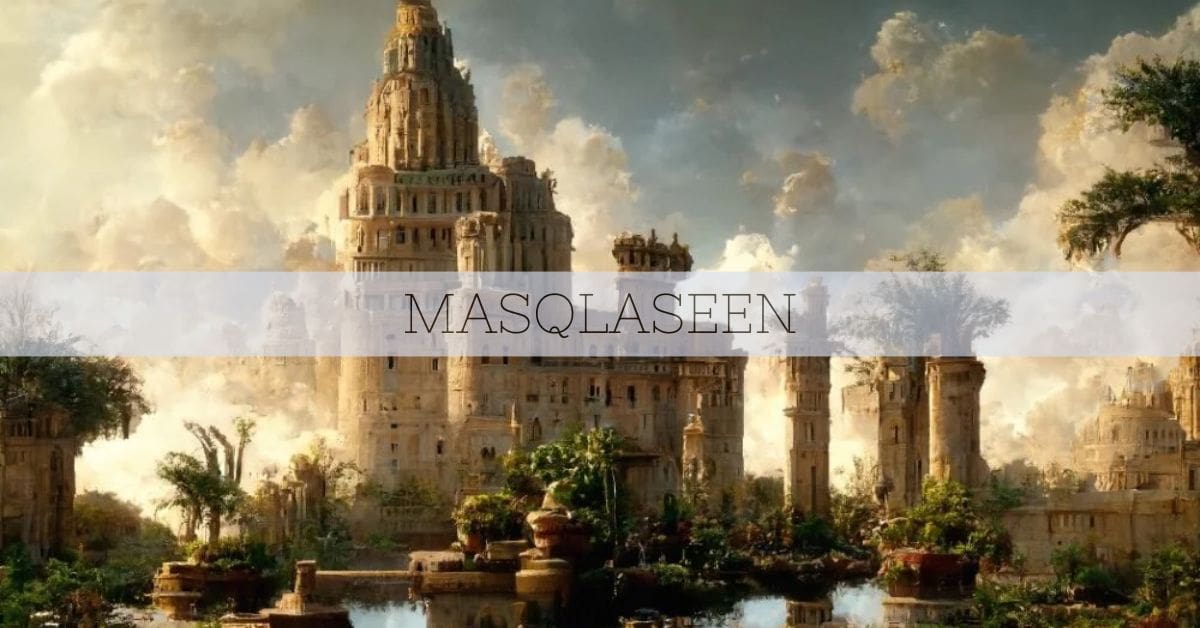Visiting Masqlaseen changed me deeply; the Sufi rituals and music touched my soul. Walking through the colourful streets, I felt strongly connected to the city’s history and spiritual vibe. The local food was amazing.
Masqlaseen is a fascinating city in Morocco, famous for its rich history and lively Sufi traditions. Visitors can wander through colourful streets, experience spiritual rituals, and enjoy delicious local food.
Today, we are going to discuss about, Masqlaseen is a fantastic city in Morocco known for its deep history, vibrant Sufi traditions, and tasty local food.
What Is Masqlaseen?
Masqlaseen is a city in Morocco that is significant for its rich cultural heritage, vibrant Sufi traditions, and distinctive local cuisine.
Visitors can explore historical sites, immerse themselves in spiritual rituals, and experience the flavors of Moroccan gastronomy.
Masqlaseen offers a blend of ancient charm and modern vibrancy, making it a captivating destination for travelers interested in exploring Morocco’s diverse cultural tapestry.
Why Visit Masqlaseen?
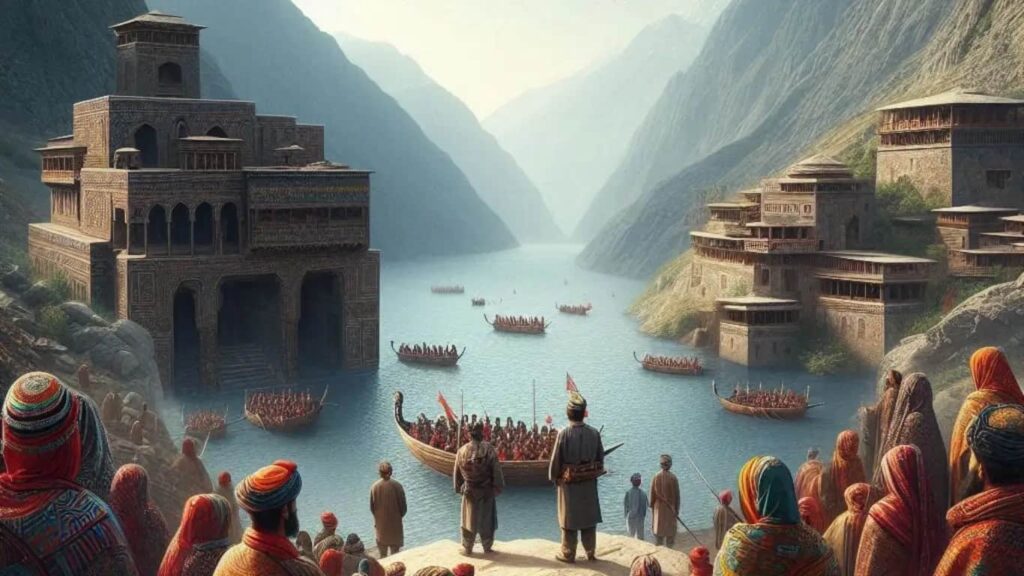
Visiting Masqlaseen offers a unique opportunity to delve into Morocco’s rich cultural and spiritual heritage. Here are compelling reasons to visit:
- Cultural Exploration: Experience traditional Moroccan architecture, vibrant markets, and local craftsmanship like pottery and textiles.
- Spiritual Journey: Participate in Sufi rituals and ceremonies that reflect centuries-old spiritual practices.
- Culinary Delights: Indulge in authentic Moroccan cuisine, including tagines, couscous, and pastries, showcasing the region’s flavors and culinary traditions.
- Historical Insight: Explore landmarks and archaeological sites highlighting Masqlaseen’s ancient roots and cultural significance.
- Local Hospitality: Engage with friendly locals known for their hospitality and gain insights into daily life and cultural traditions.
Read: Iekşi – Embrace Cultural Diversity!
Where Is Masqlaseen Located?
Masqlaseen is nestled in Morocco’s captivating landscape, offering a glimpse into the country’s rich cultural tapestry. Situated amidst the vibrant hues of North Africa, Masqlaseen draws visitors with its historical significance, lively Sufi traditions, and tantalizing local cuisine.
This Moroccan gem invites exploration of its ancient streets, spiritual rituals, and artisanal crafts, promising an unforgettable journey into the heart of Moroccan heritage.
What Languages Are Spoken In Masqlaseen?
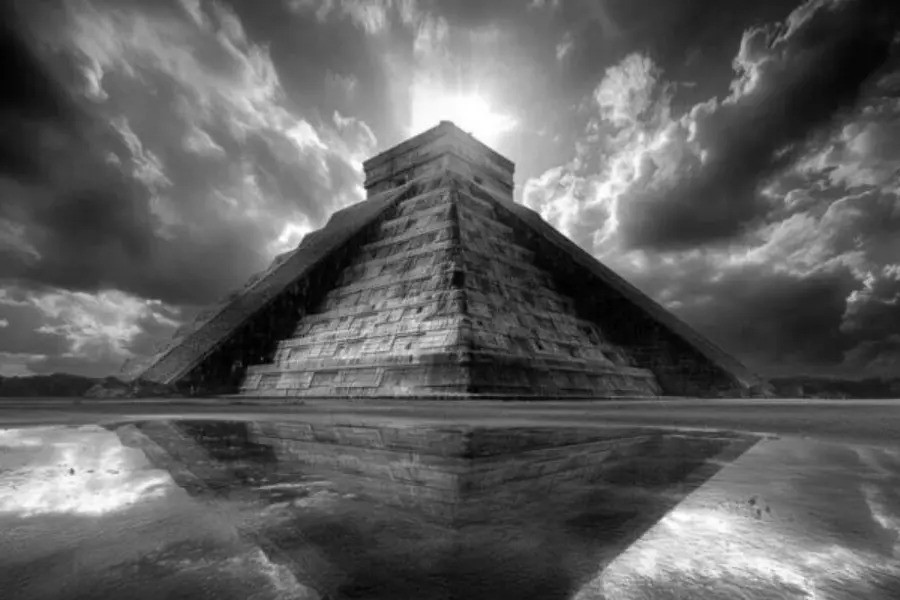
In the captivating city of Masqlaseen, you’ll hear a harmonious blend of languages that reflect its rich cultural tapestry. Arabic and Berber are predominantly spoken, echoing the historical roots and local traditions.
French often flows through conversations, a testament to Morocco’s colonial past, making it a useful lingua franca. This linguistic mosaic enriches the vibrant interactions and experiences awaiting visitors in Masqlaseen, offering a unique auditory journey through its diverse heritage.
What Is Masqlaseen Known For?
Masqlaseen is known for several distinctive features that make it a notable destination in Morocco:
- Rich History: It has a deep historical significance, dating back to ancient times, with remnants of ancient civilizations and archaeological sites.
- Sufi Traditions: Masqlaseen is a centre for vibrant Sufi traditions, where spiritual practices, rituals, and music are integral to local culture.
- Culinary Excellence: It offers a rich culinary experience with traditional Moroccan dishes like tagines, couscous, and pastries that highlight local flavors and ingredients.
- Artisan Craftsmanship: The city is renowned for its skilled artisans who produce exquisite handicrafts such as pottery, carpets, textiles, and jewelry.
- Cultural Vibrancy: Masqlaseen’s colorful markets, historic mosques, and traditional festivals showcase the city’s cultural vibrancy and diversity.
What Is The Traditional Dish Of Masqlaseen?
The traditional dish of Masqlaseen is tagine. Tagine is a slow-cooked stew typically made with meat (such as lamb, chicken, or beef), vegetables (like potatoes, carrots, and tomatoes), and a blend of aromatic spices (such as cumin, turmeric, paprika, and cinnamon). It is cooked in a clay pot with a conical lid, also called a tagine,
which helps to retain moisture and infuse the ingredients with rich flavors. Tagine is often served with couscous or bread, making it a hearty and flavorful staple of Moroccan cuisine enjoyed in Masqlaseen and throughout the country.
Read: How Old Is Peso Pluma Height – Discover more about music!
What Currency Is Used In Masqlaseen?
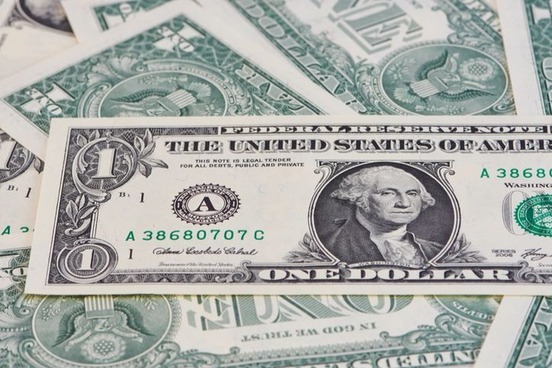
In Masqlaseen, the currency used is the Moroccan dirham (MAD). The dirham is the official currency of Morocco and is widely accepted throughout the country, including in Masqlaseen. It is subdivided into 100 centimes.
Visitors to Masqlaseen can exchange their currency for dirhams at banks, currency exchange offices, and some hotels.
It’s advisable to carry dirhams when visiting Masqlaseen for convenience in transactions, such as shopping in local markets (souks), dining at restaurants, and paying for transportation services.
What Is The Importance Of Masqlaseen?
Masqlaseen holds immense importance due to its rich cultural heritage, spiritual significance, and historical contributions.
As a cultural hub in Morocco, Masqlaseen preserves ancient traditions such as vibrant Sufi rituals, traditional music, and skilled artisan crafts like pottery and textiles. It is a spiritual centre where Sufi practices foster spiritual growth and communal unity.
Masqlaseen’s landmarks and archaeological sites historically offer glimpses into past civilisations, enriching Morocco’s historical narrative.
Economically, tourism sustains the local economy by promoting hospitality and showcasing the city’s unique cultural offerings, ensuring Masqlaseen remains a vital part of Morocco’s cultural landscape.
What Types Of Handicrafts Are Famous In Masqlaseen?
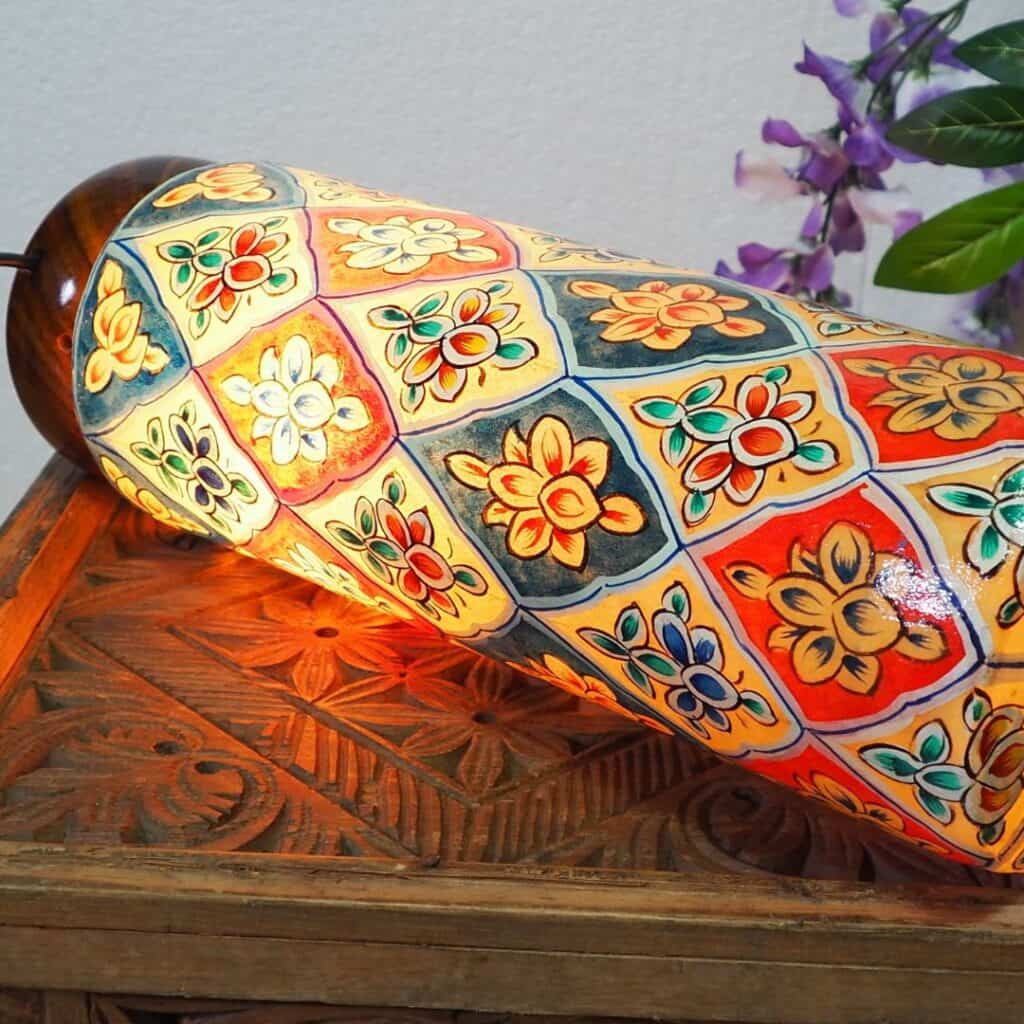
- Pottery: Traditional pottery in Masqlaseen is often decorated with intricate geometric patterns and vibrant colors. It includes items like bowls, vases, and decorative tiles.
- Textiles: Handwoven textiles are a specialty, with techniques passed down through generations. This includes rugs, carpets, blankets, and embroidered fabrics showcasing intricate designs.
- Jewelry: Artisans in Masqlaseen craft beautiful jewelry using silver, gold, and semi-precious stones. Pieces often feature filigree work, engraving, and traditional Berber motifs.
- Leather Goods: Leatherwork in Masqlaseen includes bags, belts, shoes, and decorative items. The tanning and dyeing processes are often done using natural materials and traditional methods.
- Metalwork: Items such as lanterns, trays, and utensils are crafted from brass, copper, and other metals. These pieces often feature detailed engravings and traditional Moroccan designs.
- Woodwork: Carved wooden furniture, doors, and decorative items are also notable handicrafts in Masqlaseen, showcasing intricate carving and traditional woodworking techniques.
Read: Spartan Capital Securities Broker Jordan Meadow – Protect Your Investments!
Frequently Asked Questions:
1. What Makes Masqlaseen A Center For Sufi Traditions?
Masqlaseen’s Sufi practices are deeply rooted in local history, with rituals and music that draw spiritual seekers seeking enlightenment and cultural immersion.
2. How Does Masqlaseen Preserve Its Ancient Pottery Traditions?
Masqlaseen artisans use age-old techniques to create pottery adorned with intricate designs, reflecting centuries of craftsmanship and cultural pride.
3. Why Are Masqlaseen’s Textiles Renowned?
Masqlaseen’s textiles are prized for their intricate weaving patterns and vibrant colors, showcasing Berber heritage and artistic finesse.
4. What Role Do Local Festivals Play In Masqlaseen’s Cultural Identity?
Festivals in Masqlaseen celebrate traditions through music, dance, and artisanal markets, providing visitors with an immersive cultural experience.
5. How Does Masqlaseen Balance Tradition With Modernity In Its Artisan Crafts?
Masqlaseen artisans blend traditional methods with contemporary influences to create unique pieces that honor heritage while appealing to modern tastes.
Conclusion :
Masqlaseen is a special place in Morocco known for its rich traditions, lively Sufi rituals, and impressive crafts like pottery and textiles. It preserves ancient practices and beautiful architecture that tell stories of Morocco’s diverse culture.
Masqlaseen is not just a spiritual hub but also a cultural centre where visitors can enjoy festivals, explore local markets and experience the essence of Moroccan heritage firsthand. It’s a unique destination that offers an authentic and memorable experience for anyone interested in exploring Morocco’s cultural treasures.
Read more:
